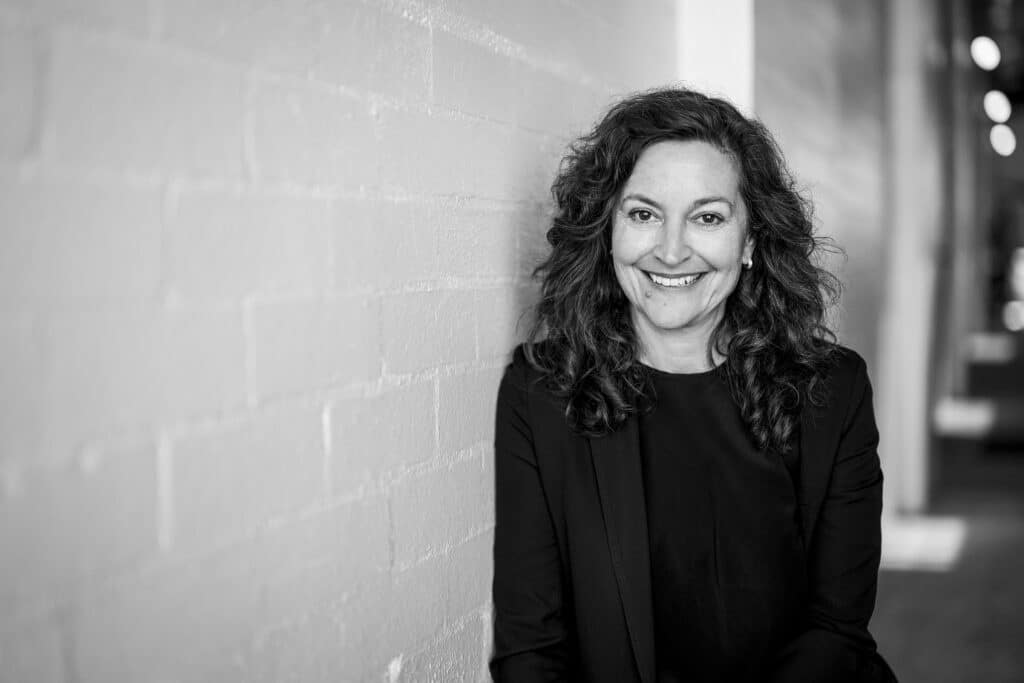Kerstin Thompson has been awarded Australian architecture’s highest honour, The Australian Institute of Architects 2023 Gold Medal.
Thompson is one of only four women to have ever received the prize in its 63-year history, noting that she considers the recognition a ‘milestone’ after she founder her own practice and worked to break the stereotypes of what women ‘should’ do in architecture.
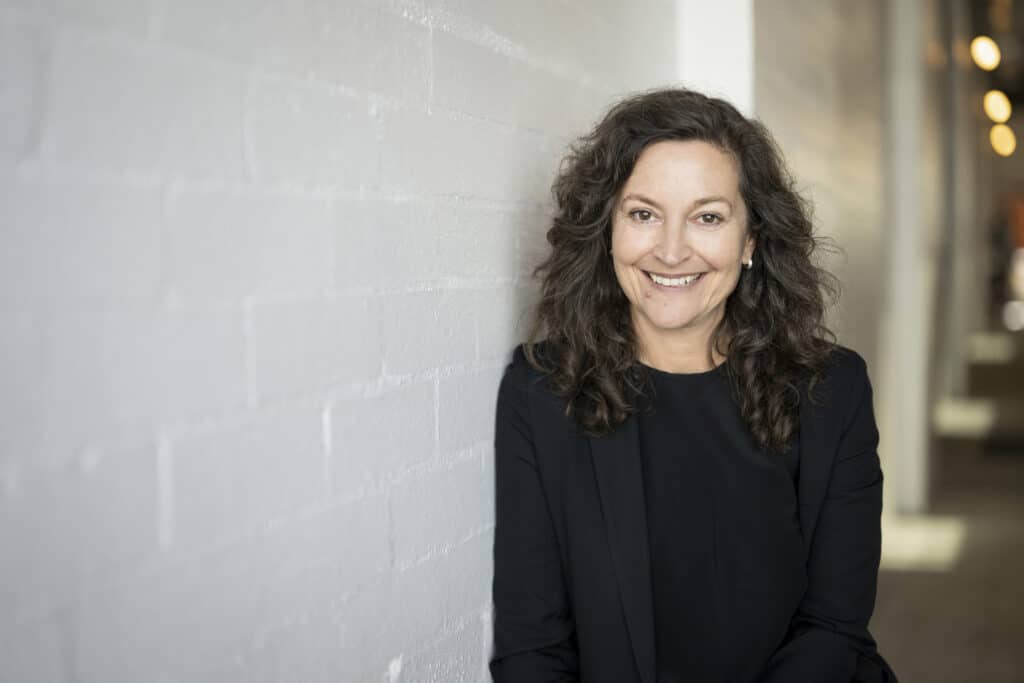
“I think of this milestone as an acknowledgement of past achievements but also a future challenge to [continue] the design of buildings that meaningfully connect people with place and the fostering of a stimulating and supportive workplace culture,” said Thompson, upon receiving the award.
“[To] continue with the reward and responsibility of education… and beyond the academy, advocating for architecture whether through design panels, public engagement or in the research around and doing of exemplars.”
The profession’s highest award recognises Thompson’s extraordinary service to the industry, her creation of ‘buildings of high merit’ and her production of work that has advanced architecture.
Some of her award winning projects include the Bundanon Art Museum & Bridge, Queen & Collins, Broadmeadows Town Hall and the Melbourne Holocaust Museum.

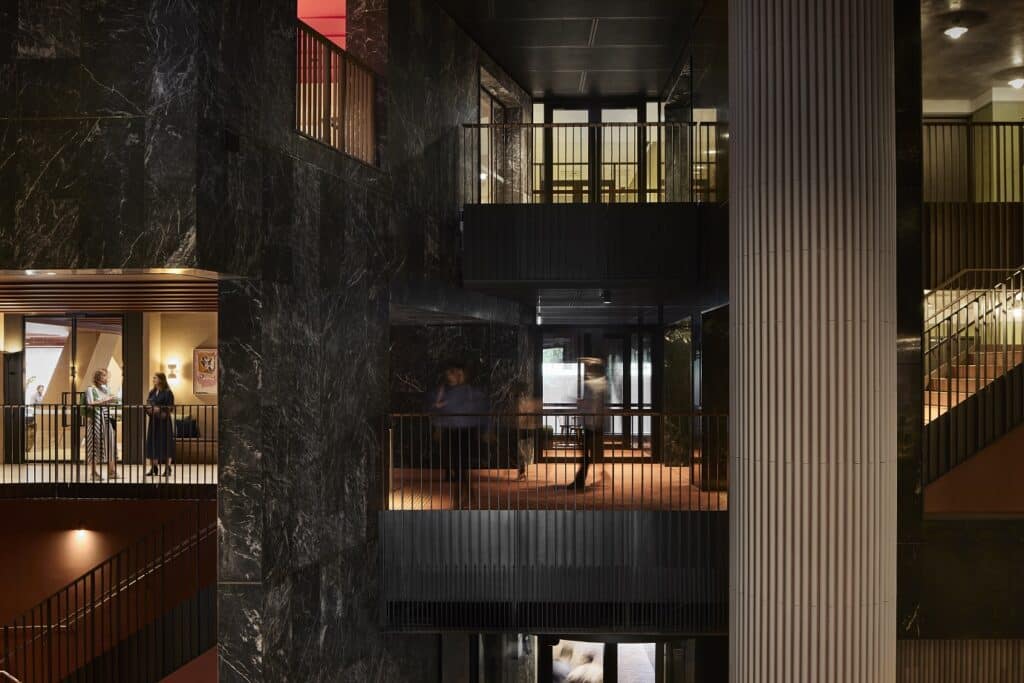
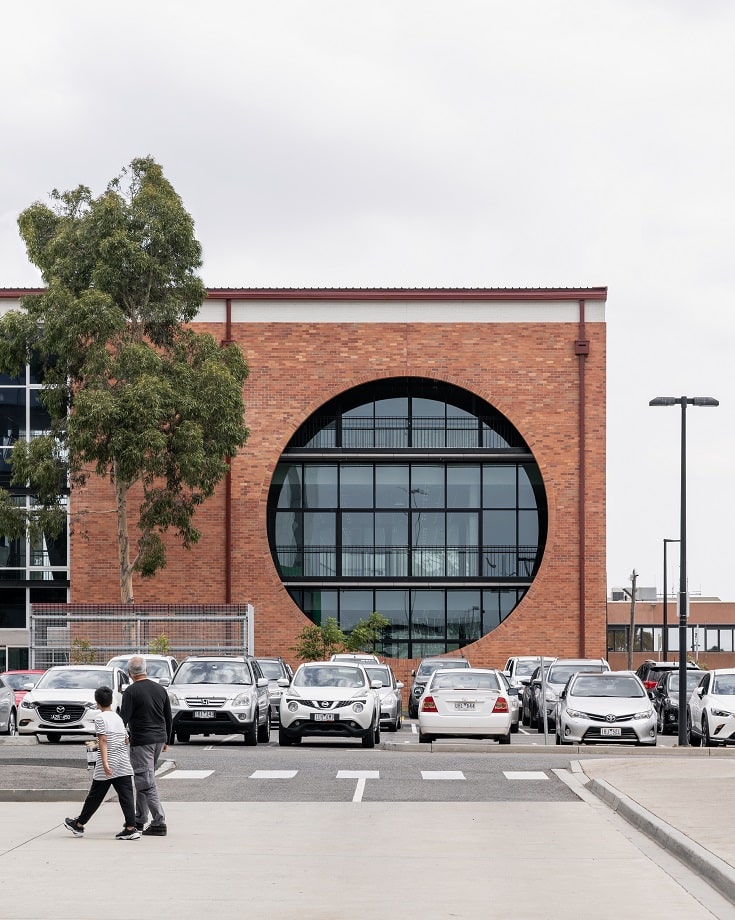
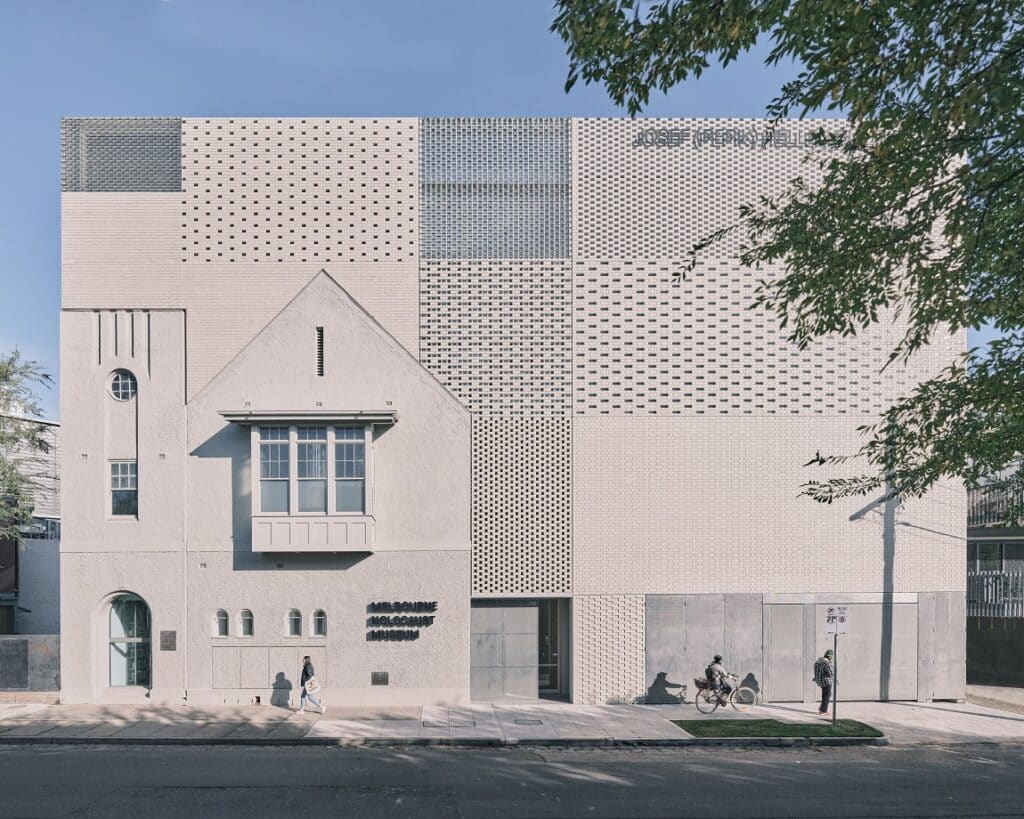
Thompson is described by many as a passionate defender of civic space and advocate for extracting new life from built heritage.
The founding Principal and Design Director of Kerstin Thompson Architects (KTA), she first opened her studio in 1994 and has built and led the practice as sole principal ever since.
Committed to design-based research and education, she is also Adjunct Professor at RMIT and Monash Universities and plays an active role promoting quality design in the profession and wider community through her role as Panel Member on the Office of the Victorian Government Architect’s Design Review Panel.
“When I started my practice, I had no particular plan but I did [want to] rethink some of the questionable myths foundational to some of architecture’s most celebrated figures,” Thompson said.
“For example, that design quality and business acumen were not mutually exclusive nor a rigorous design culture with a supportive workplace; that an architect could show strength and sensitivity, clarity of leadership and keen listening.”
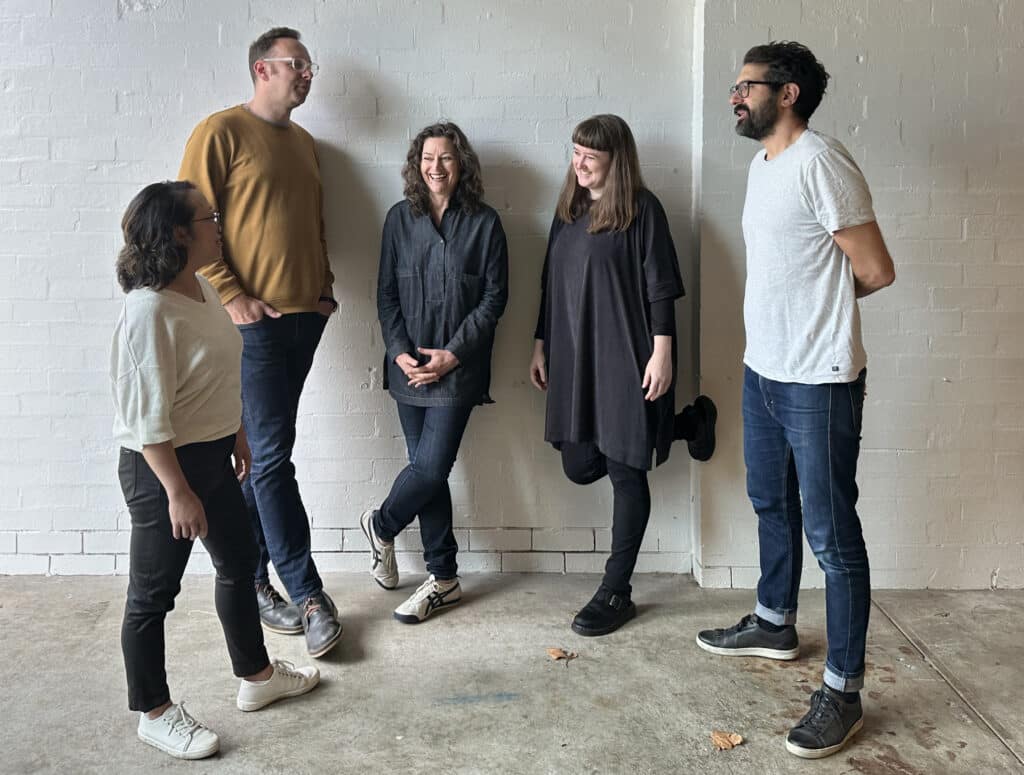
“In being conscious of these myths… I could give form to an alternate model of architectural leadership, one that challenged some stereotypes with actions and perceptions… a determination to take on a wide scope of project scale and program was deliberate– to avoid being pigeon-holed or playing to expectations of what women architects ‘should’ do,” said Thompson.

